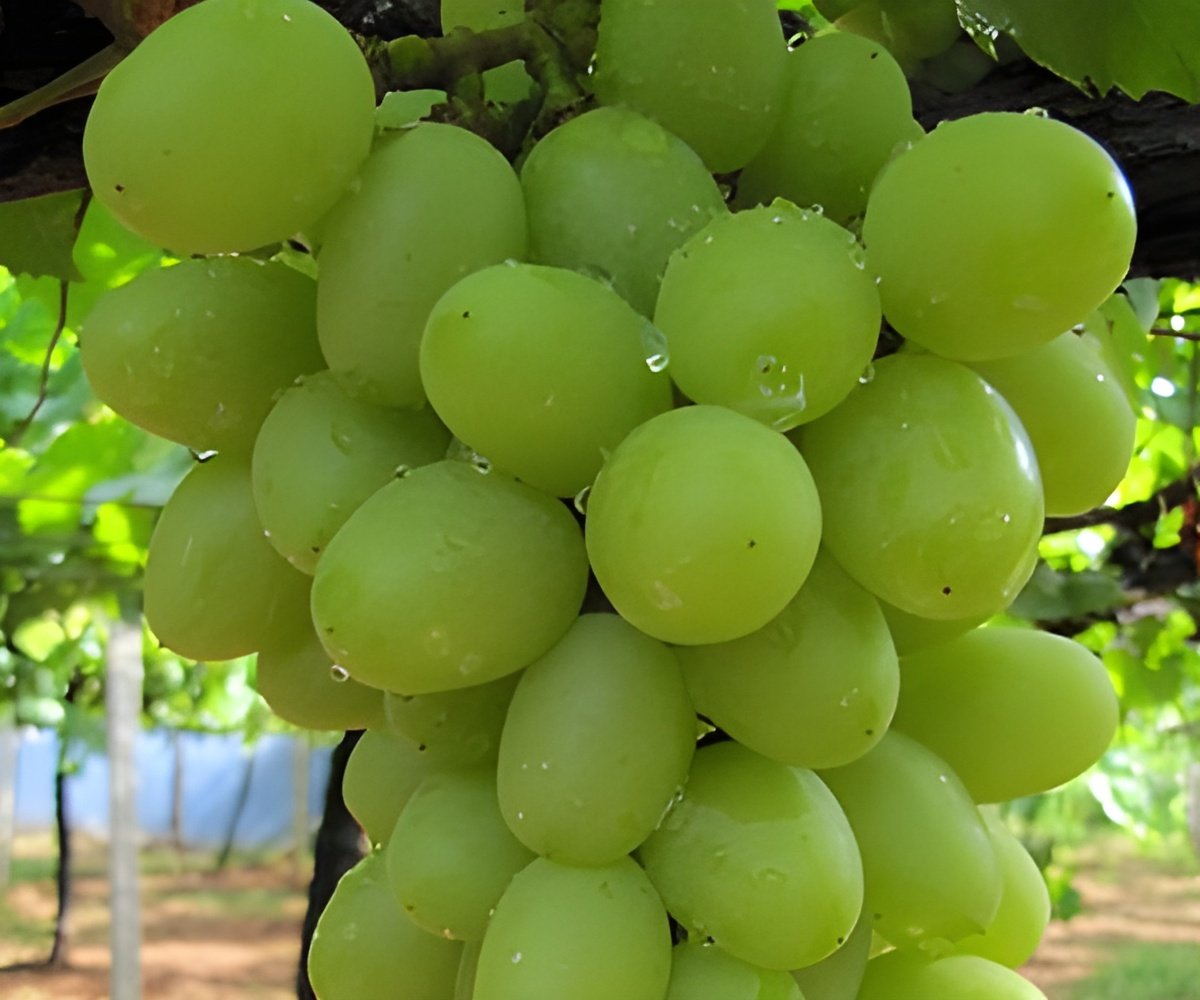A new web-based tool to help unlock the complex genetics and biological processes behind grapevine development has been developed by University of Adelaide researchers.

"The complexity of plants is easily overlooked when we're enjoying a glass of wine," says project leader Associate Professor Christopher Ford at the University's School of Agriculture, Food and Wine. "But every part of the vine and the grape, each final attribute of flavour, colour and aroma, their ability to resist pests and adapt to salinity, all of these represent the outcomes of the coordinated expression - switching on or off - of sometimes thousands of individual genes, each encoding some small component of the final product.
"If we know the identity of these genes, and the patterns in which they are turned on and off, we will be better able to understand how their expression leads to these complex outcomes."
The work, conducted by PhD student Darren Wong and post-doctoral researchers Crystal Sweetman and Damian Drew, outlines a 'guilt by association' principle where genes turned on at the same time and in the same tissues are likely to be working together.
"For example, if we know there is a gene that is responsible for making an enzyme which is critical at a particular stage of grape production, then this tool will enable us to see which other genes are switched on in the grape at the same time," says Associate Professor Ford.
"By clustering genes based on patterns of this 'co-expression' it's possible to identify not just the genes we expected to be involved but others whose roles in a particular function we didn't suspect.
Advertisement
The database (called VTCdb), is freely available as a resource for researchers and grapevine breeders.
Advertisement
"Ultimately, it will benefit the industry by helping produce new traits in grapevines for improved flavour and quality and climate and environmental adaptation."
Source-Eurekalert



![Genetically Modified Food / Genetically Modified Organism [GMO] Genetically Modified Food / Genetically Modified Organism [GMO]](https://images.medindia.net/patientinfo/120_100/Genetically-Modified-Food.jpg)





